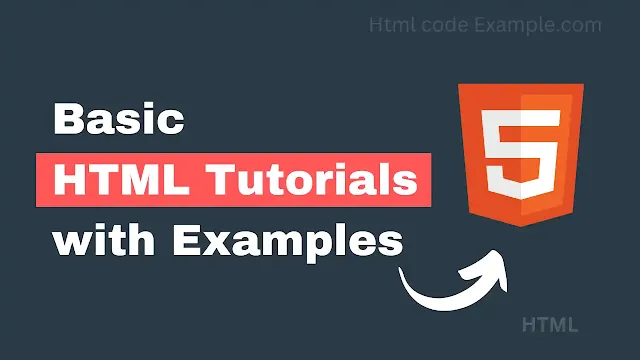Have you ever filled out an online form and noticed light gray text inside the input boxes that disappears as soon as you start typing? That's the placeholder attribute at work! It's a small feature in HTML, but it plays a big role in guiding users and improving the overall experience on websites.
In this blog, we're going to talk about what the placeholder attribute does, why it matters, and we'll look at a simple example so you can see it in action. Whether you're just starting to learn HTML or just curious, this post will break it all down in plain, everyday language.
So, What Exactly Is the Placeholder Attribute?
In simple terms, the placeholder attribute is used in form fields (like input boxes) to show a short hint or instruction inside the field before the user types anything. It helps people understand what kind of information they're supposed to enter.
For example, if a form has a field for your email, the placeholder might say something like:
Enter your email address
This lets you know exactly what the field is asking for — without needing extra labels or explanations.
Why Is It Useful?
Here's why the placeholder attribute is such a handy little tool:
It Gives Helpful Hints
The placeholder text can give users a quick idea of what to type. For instance, if someone sees:
MM/DD/YYYY
they'll understand that the format expected is a date in month/day/year format.
It Saves Space
Since the hint is inside the field itself, it can replace extra labels in some cases, helping your form look clean and uncluttered. This is especially useful on mobile devices where screen space is limited.
It Improves User Experience
People appreciate forms that are easy to understand and fill out. A placeholder can guide users without them having to guess what information is needed, making their visit to your site a little more pleasant.
An Easy Example
Let's look at a simple example using HTML. Here's a small form with three input fields, each using the placeholder attribute.
<form>
<label for="name">Name:</label>
<input type="text" id="name" placeholder="Enter your full name">
<br><br>
<label for="email">Email:</label>
<input type="email" id="email" placeholder="example@domain.com">
<br><br>
<label for="dob">Date of Birth:</label>
<input type="text" id="dob" placeholder="MM/DD/YYYY">
</form>
What's happening here?
- Each input field has a placeholder that gives a gentle prompt to the user.
- When someone clicks in the field and starts typing, the placeholder disappears.
- It helps guide users without cluttering the form with too much text.
What the Placeholder Is Not
While the placeholder is great, it's important to know what it isn't meant for:
It's not a label replacement (always)
Although it looks like it could replace a label, it shouldn't be used as a permanent replacement — especially for accessibility reasons. Once the user starts typing, the placeholder disappears, and users with screen readers might miss out on important instructions.
It's not meant for important instructions
If something is critical (like password rules), you should provide that information outside the placeholder, so it doesn't vanish when users start typing.
Best Practices for Using Placeholders
If you want to use the placeholder attribute effectively, here are some quick tips:
- Keep it short and sweet
- Use examples when helpful
- Don't rely on it alone
A placeholder should be a brief hint — not a full sentence. Think "Email address" instead of "Please enter your email so we can contact you later."
For fields like dates, phone numbers, or zip codes, using an example format helps. Like:
123-456-7890orMM/DD/YYYY
Always use proper labels when accessibility is a concern. The placeholder is not a substitute for semantic HTML.
How It Works Behind the Scenes
Even though we're avoiding too much technical stuff, here's a peek behind the curtain:
The placeholder attribute is part of HTML5. It's supported in all modern browsers and works with input types like text, email, tel, url, and password.
It doesn't require any special setup or scripts. Just include it in your HTML like this:
<input type="text" placeholder="Type something here">
That's it — super simple!
Final Thoughts
The placeholder attribute might seem small, but it can have a big impact on how users interact with your forms. It guides people, keeps things tidy, and helps create a smooth experience. If you're building a website or form, adding thoughtful placeholders is a quick win that makes your site friendlier and easier to use.
